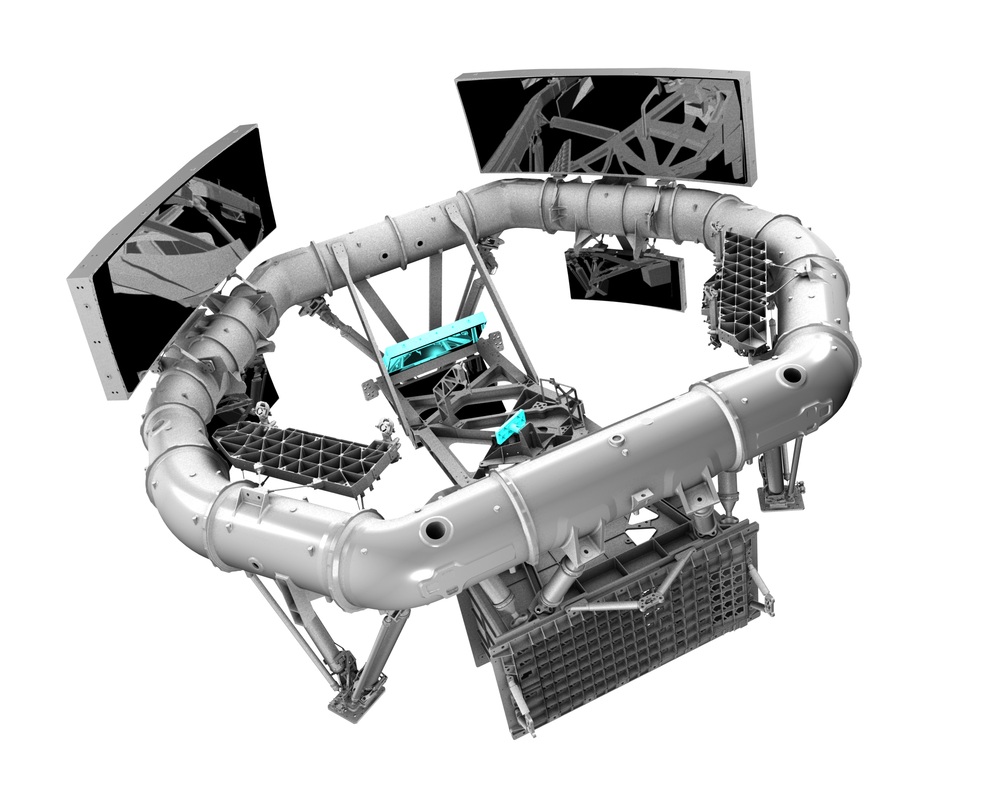Good, fast , cheap -- pick any two. And here you need to add things like "machinable," "stable," "nontoxic."
So, there are plenty of metal mirrors but they are much more prone to deformation than a nice rigid glass structure. There are mirrors of SiC (with overcoat, just like glass) for strength and thermal properties. There have been primaries consisting of a tub of liquid Hg, spun at just the right speed to get the desired curvature.
Now, if you're looking to make relatively small primaries for use in non-stressing environments, you could consider carbon-fiber or even 3D-printer resin-based approaches. These methods will produce a good "blank" but will certainly need some final fine polishing to get the surface roughness down under a fraction of a wavelength.

